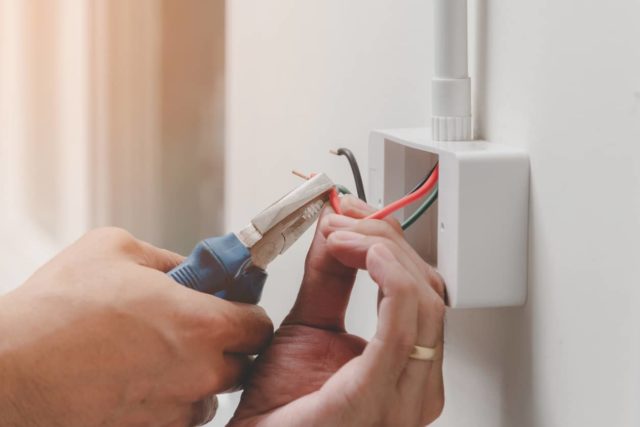In the realm of cables, a seemingly simple and ubiquitous technology, lies a complex network of different wires that serve specific functions to ensure seamless connectivity and transmission of data. Understanding the intricacies of these wires is crucial in optimizing performance and reliability in various applications. Let's delve into the world of cables and unravel the mystery of the different wires within.
- Conductor Wires: At the core of any cable are the conductor wires, which are responsible for carrying electrical signals from one point to another. These wires are typically made of copper due to its excellent conductivity properties. Copper conductors come in various gauges, with thicker gauges offering lower resistance and better signal transmission over longer distances.
- Insulation Wires: Surrounding the conductor wires are insulation wires, which serve to protect the conductors from external interference and prevent signal loss due to environmental factors. Insulation materials such as PVC, polyethylene, or Teflon are commonly used to provide electrical insulation and mechanical protection to the conductors.
- Shielding Wires: In cables designed for high-frequency applications or in environments with high electromagnetic interference, shielding wires are incorporated to minimize signal degradation. Shielding wires can be made of materials like aluminum foil or braided copper, which create a barrier against external electromagnetic interference, ensuring signal integrity.
- Grounding Wires: Grounding wires play a crucial role in ensuring safety and reducing the risk of electrical hazards. These wires provide a path for excess electrical current to safely dissipate into the ground, preventing damage to equipment and protecting users from electric shocks. Proper grounding is essential in maintaining a stable and secure electrical system.
- Strength-Member Wires: In cables that require additional mechanical strength, strength-member wires are included to enhance durability and support the overall structure of the cable. These wires, often made of materials like aramid fibers or steel, provide tensile strength and resistance to external forces, making the cable more robust and reliable in challenging environments.
By understanding the functions and characteristics of the different wires within a cable, users can make informed decisions when selecting the right cable for their specific needs. Whether it's for telecommunications, power transmission, or data networking, the intricate interplay of conductor, insulation, shielding, grounding, and strength-member wires ensures optimal performance and reliability in various applications.
In conclusion, the world of cables is a sophisticated ecosystem of different wires working together harmoniously to facilitate seamless communication and power delivery. Each wire plays a unique role in ensuring the functionality and efficiency of the cable, highlighting the importance of considering the specific requirements of each application when choosing the right cable. Next time you plug in a cable, remember the intricate dance of wires within, orchestrating the flow of information and power with precision and reliability.




More Stories
High-Efficiency Automotive Power MOSFETs Optimized for Electric and Hybrid Vehicles’ Powertrain Systems
CAT5E F/UTP Network Cable Solutions for Stable Data Transmission
Full Compatibility and High-Quality Replacement: Kelai JK Soft OLED iPhone XS Max Screens for Professional Repair Shops